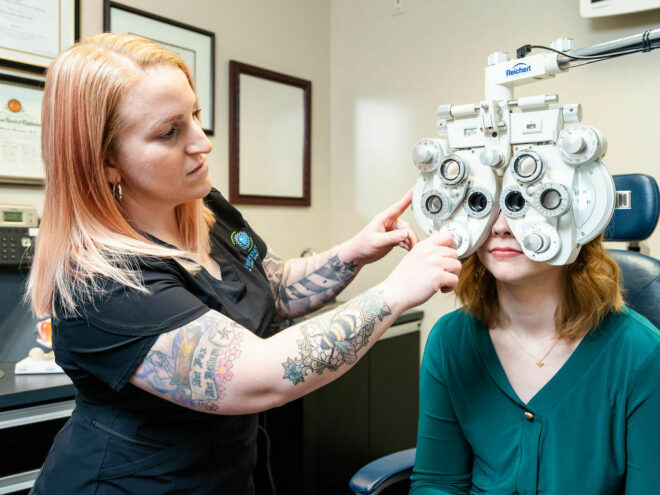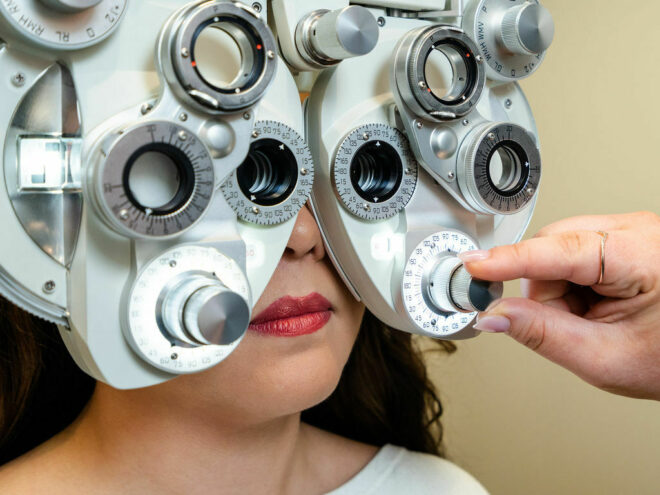
Dr. Mozayeni, Cornea Specialist, Clinical trial physician
At Providence Eye & Laser Specialists, we are deeply committed to the advanced treatment of keratoconus and providing FDA-approved options as they become available. We are honored to have been one of the more than 20 sites across the United States participating in the Phase 3 FDA clinical trial of Epi-ON corneal cross-linking, known as EpiSmart™. While enrollment for this study at our practice is now complete, we are excited to watch the progress of EpiSmart over the next few years.
Keratoconus (kehr-uh-toh-koh-nus) is a condition where the cornea—the clear, dome-shaped surface of the eye—thins and becomes irregularly shaped, causing a cone-like bulge. This results in distorted vision and symptoms such as:


Epi-ON cross-linking is a less invasive procedure that strengthens the cornea, slowing or halting the progression of keratoconus. This method leaves the cornea’s outer layer intact, offering several benefits over the traditional Epi-OFF approach:
Dr. Reza Mozayeni, Dr. Trey Nunnery and the team at Providence Eye & Laser Specialists are dedicated to helping patients with keratoconus through innovative treatments like Epi-ON corneal cross-linking.
Although our participation in the EpiSmart clinical trial is complete, Providence Eye remains committed to following developments in keratoconus treatment to bring the latest advancements to our patients.
